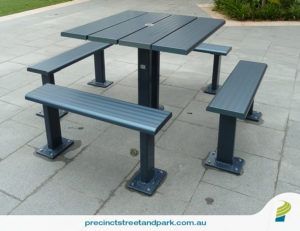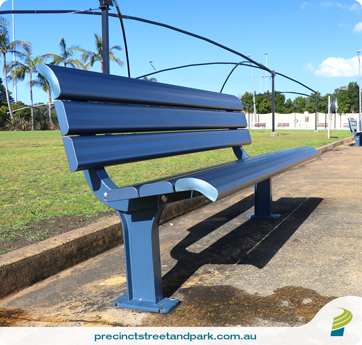The thing to understand about anodising is that it is “in the surface” not “on the surface” of the aluminium.
Anodising is not a coating, it is the result of a treatment process.
To anodise aluminium it is immersed into an acid electrolyte bath and an electrical current is passed through the liquid medium. The reaction between the aluminium and the electrical current running through the liquid releases oxygen ions from the aluminium and it forms a surface finish that is very thin but extremely durable and hard wearing.
The standard anodising process results in a clear finish. By adjusting the process a wide variety of anodised colours can be achieved.
Aluminium with an anodised surface is one of the very best surface finishes for highly corrosive coastal locations.
Benefits of anodising include:
- Anodised surfacing is impervious to rust and corrosion
- Extremely durable and hard wearing
- Cannot chip or peel like coatings that are on the surface
- Recyclable without any aluminium contamination
- Relatively inexpensive
These characteristics lend themselves to making anodising a highly useful surface finish for street and park furniture. With Australia’s coastal population demanding good public infrastructure in so many coastal locations, anodised aluminium plays a big part in giving long term value in these settings.
For all of these reasons anodised aluminium is often the surface finish of choice for street and park furniture.





